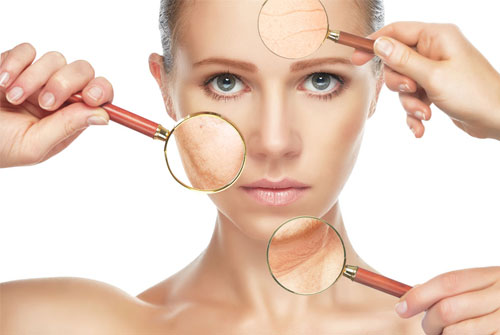If we try to cure any skin problem, only by applying local application whatever with cream, gel, oil, etc. We can achieve an only temporary solution with side effects of steroids- which is the content of some of the local applicants.
In all skin problems, homoeopathy will bring harmony from within and so we can achieve a permanent solution. Along with homoeopathic medicine, nutritional deficiencies also need to be corrected with proper nutritious food and lifestyle management.
Get glowing healthy skin with homoeopathy in natural way!!!



